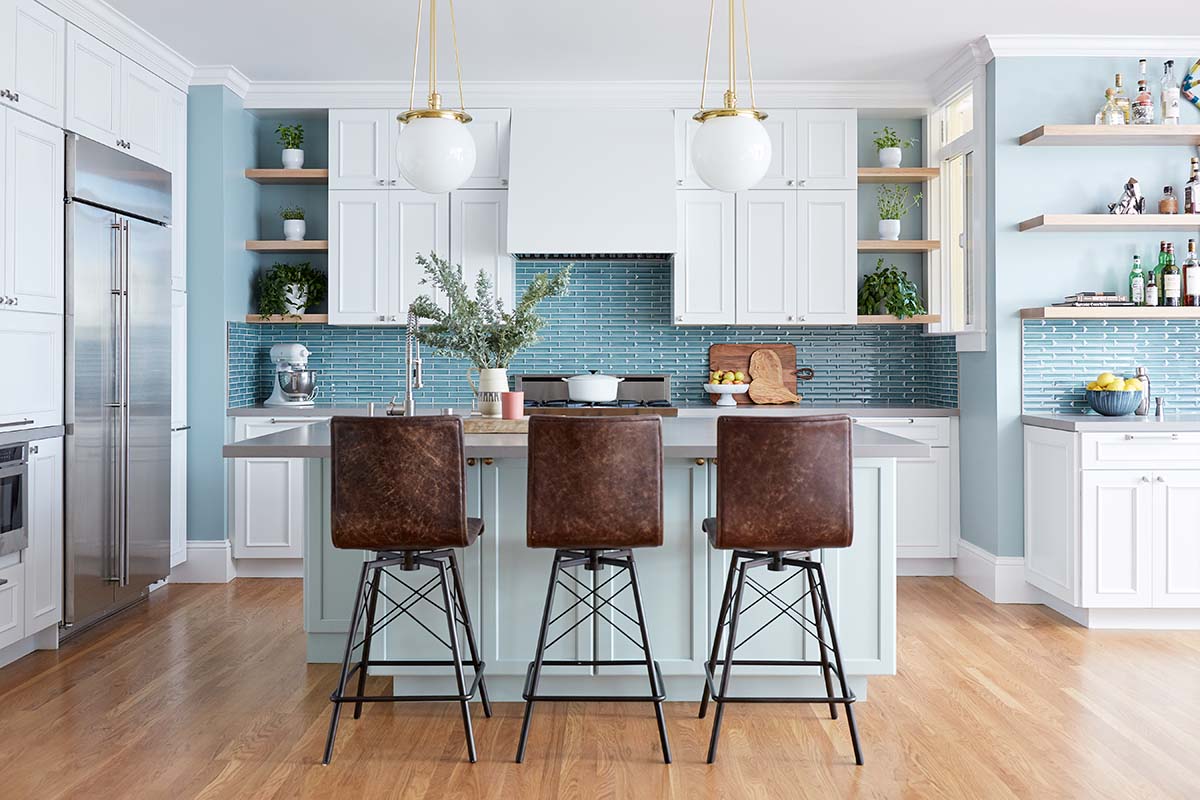Repeat business and referrals from happy clients are the lifeblood of a design firm. Here’s how to maintain those relationships long after the final bill is sent.
One project's end can be following one's beginning—as long as the homeowner is happy. Building and sustaining good relationships with satisfied clients is the true secret to the success of any firm. But what's the trick to preserving the rapport after install day?
The most holistic approach to turning a new client into a repeat client is to go into each relationship as though it will, in fact, be ongoing. Josh Hildreth, an interior designer in Washington, D.C., builds this expectation into his design process, emphasizing that there may be periods where he and his clients work together constantly and other times when they’ll hit pause over the course of many years. “I tell them, ‘[Even] when the initial scope of work is finished, I will never stop thinking about your space,’” says Hildreth. “If I happen to be in France at a market and I see the perfect bowl for your kitchen island, you’re going to get a message from me. The best way to appeal to a client for future work is to touch their passion for beauty. I find that if you give them a special object that they connect with, it usually triggers other needs.”

BOH subscribers and BOH Insiders.










































